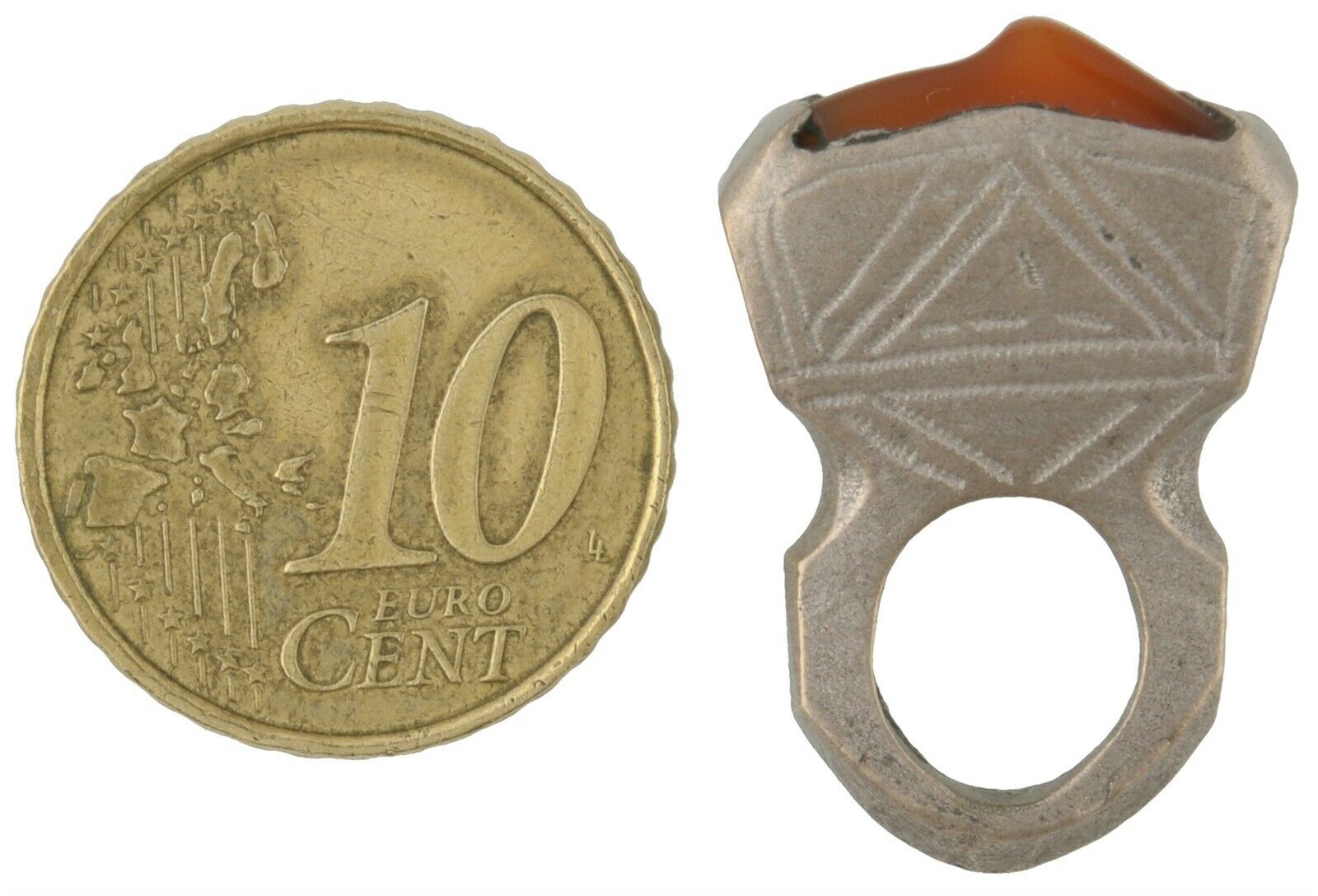-40%
Berber enameled pendant w/ Venetian glass & agate talhakimts / Crosses necklace.
$ 155.76
- Description
- Size Guide
Description
Berber Silver enameled pendant with Venetian glass & agate talhakimts on a silver rolo chain Moroccan Tuareg handmade adjustable necklace.Shipped with 3 days usps first class mail.
Berber Silver enameled pendant with red and green Venetian glass details and green agate talhakimt and 6 sterling silver Moroccan southern crosses on a silver rolo textured chain Moroccan Tuareg handmade adjustable necklace.
Beautiful handmade Berber necklace with old southern sterling crosses, red and green talhakimts pendants.
The focal center silver enameled pendant with green and red Venetian glass details measures 2.5” in height including the green Venetian glass dangle charm by 1.5” in width.
There are 6 medium size green agate vintage Tuareg talhakimts and 16 red and green small talhakimts in this piece.
The 6 green agate talhakimts are 22mm.
The 16 small green and red talhakimts are 18mm.
The 6 sterling silver southern crosses are approximately 3/4” by 1/2”.
This is a an antique silver textured belcher Rolo hammered chain 8mm x 5mm links.
The chain is made of a brass base with an antique silver electroplating and clear coating. It’s lead, nickel and cadmium free.
The length of the chain is 24” plus an extension oval antique chain of 3”
This can be adjusted up to 27” and Down to any size.
There is a large old hook clasp closure.
This is a unique and special find.
Talhakimt pendants were produced by both the French and Czech-Bohemian bead industries during the trade bead era, which peaked between the late 19th and early 20th centuries. The Czech versions were made from molded glass, and came in a variety of colors, including green, red and blue.
French Talhakimts were the brainchild of Jean-Felix Bapterosses, a pioneering button and bead maker. As a young man, Bapterosses traveled to England, where he studied the “Prosser” technique of molding and firing a paste to produce a hard porcelain-like material. Bapterosses returned to France and, after making several improvements to the technique, implemented it at his button and bead factory in Briare.
Talhakimt pendants were one of the many items manufactured at the factory.
French Talhakimts, along with their Czech-Bohemian counterparts, were exported mainly to West Africa, where they were believed to have amuletic properties. Mauritanian women wore them in elaborate headdresses, plaited into long braids.
The most spectacular examples of this kind of adornment were found among the dancers of the Guedra, a traditional dance in which women displayed their love for men in ritual form.
Talhakimt pendants such as this were exported to West Africa for the bead trade throughout the course of the 20th century. Originally produced in the bead workshops of Bohemia from Czech Glass, they were molded using the Prosser method and coveted by tribal peoples as a talisman to ward off the evil eye and as part of traditional costumes. This is an original piece.
King beads are antique Venetian glass beads, also known as Trade Beads. They were worn, ceremoniously, by African Kings and tribal chiefs in the early 1970s. The earliest versions of King beads are dated to the mid 19th century, with their representations donated by Moses Lewin Levin to the British Museum in 1865. King beads still carry on a significance and stature in modern African society, such as in Ghana, where they are prominently featured in Dipo Initiation ceremonies, the yellow King beads being used to symbolize maturity and prosperity.
Get your piece of history today!




















